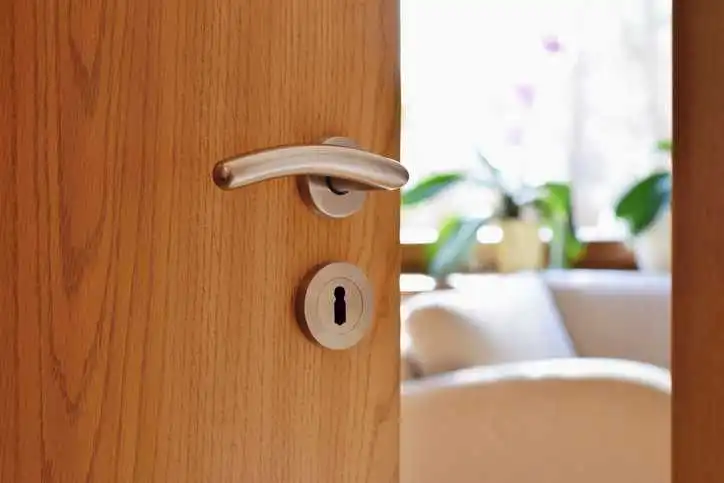Understanding BHMA Standards

Standards. Everyone’s talking about them—standard transmissions, dating standards, standard time, standard oil, standards of care, standard equipment, and standard poodles.
The Builders Hardware Manufacturers Association (BHMA) has Standards. As an accredited Standards Developing Organization, BHMA Standards are developed in accordance with the ANSI Essential Requirements, which ensure openness, balance, consensus, and due process. In turn, BHMA Standards provide requirements for Builders Hardware to benefit manufacturers, laboratories, specifiers, architects, builders, users, and society in general. They define terms, set performance requirements along with test methods, provide dimensions and measures for interchangeability, and include relevant general information such as building code requirements.
What Do BHMA Standards Cover?
BHMA currently sponsors over 40 separate standards, which cover several types of hinges, locks, door closers and related hardware, exit devices, cylinders, push pads, and other input devices to lock and unlock. Standards also include pedestrian power operated doors, revolving doors and low power operators for sliding, folding and swinging doors. Due to the electrification of everything including hardware, there are standards for power supplies and battery life. Both commercial and residential hardware are included. BHMA is also working on several new standards for energy consumption, resistance to environmental conditions and acoustic properties; always striving to keep up with ever changing industry needs and technologies.
What Are ANSI Grades?
A typical BHMA Standard also addresses selection of hardware appropriate for its intended use through the assignment of grades. There are generally three grades: 1, 2, and 3—with grade 1 being the highest performance. Each test (there may be as many as 15 to 20 different tests) has three levels. For example, the cycle test for a mortise lock (a type of high-performance lockset) shall be subjected to 1,000,000 cycles for grade 1 and 800,000 cycles to meet grades 2 and 3. These are demanding laboratory tests with extra loading intended to ensure the highest level of performance, expected to exceed those numbers in actual usage. Providing graded hardware can guide selection along with economic considerations.
You can learn more in BHMA’s past blog post here: What Do ANSI Grade Levels Mean?
More About BHMA
BHMA sponsors a certification program to attest to the compliance of these rigorous requirements, ensuring hardware quality and reliability. For additional information on BHMA Standards, visit the Hardware Highlights page for helpful one-page summaries of each ANSI/BHMA A156 series standard.
Contributing Author: Michael Tierney, BHMA Standards Director
For more than 20 years, Tierney has served as the Products Standards Director for BHMA where he coordinates the development and revision of the BHMA performance standards for building hardware products. He came to BHMA following a 20-year career in manufacturing management at United Technologies, Honeywell, Black and Decker, and Yale Security. He is a principal member on technical committees for the National Fire Protection Association (NFPA), the ICC A117.1 Committee for Accessible and Usable Buildings and Facilities, and ASTM International. Tierney can be reached at [email protected]






